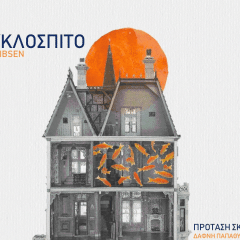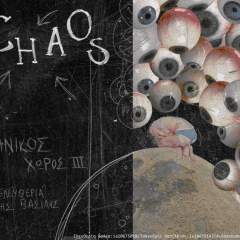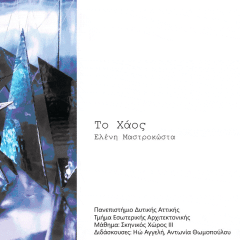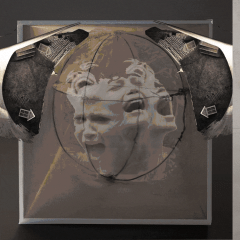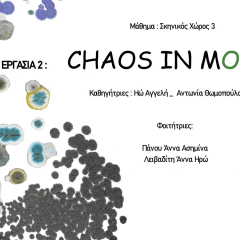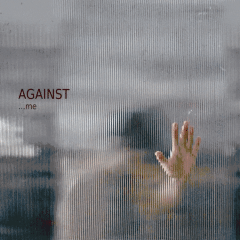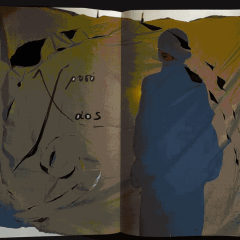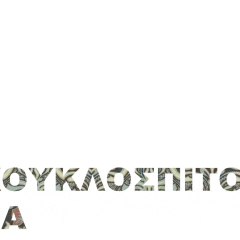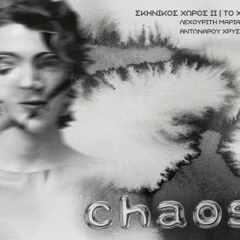General
This course is a systematic study of the stage design and the interpretation of the theatrical text into set design expression. Simultaneously, it targets the correlation of set design to the architectural interior. The course is compound and consists of both laboratory and theory. It includes the preparation of the set design study based on theatrical texts of respective eras.
Cource content
The stage design is approached as a process that organizes a sequence of relations, spatial and visual, to allow the translation of a text from the language of words (dramatic texts) in the spatial language, shapes, colors and sensations (set design ‘texts’).
The stage design is not treated simply as a visual/synthetic exercise; on the contrary, it requires a variety of skills that all converge in the spatial conception through the ability of this art that connects creatively art history, theatre, rhythm, furniture history, interior design concluding in the final composition/result for the theatrical text .
Programme aims
The objective of this course is to understand the design principles of set design space, to explore the synthetic procedure and strengthen the subjectivity of the spatial interpretation of the dramatic text, in order to broaden the horizons of students – artists. Moreover, the set design is approached as a synthetic and creative tool for the creation of architectural interior.
Learning Outcomes: Knowledge and Understanding
During the course, students try to compose a scenographic space around the ideas defined by the play. The subject of the semester’s project, while one integral part, has the format of a semester-long fundamentals study, with the addition of a two-week-long exercise.
These exercises despite seeming to be separate and independent, they are linked with each other in order to help the students to:
• Develop tools to interpret and decode both the theatrical sceneries and the foyer use of theatrical events
• Familiarize themselves with the process of designing sets through the understanding of the “space interpretation” of the play
• Obtain the fundamental knowledge to present two-dimensional and three-dimensional models of scenographic ideas, through design (drawings, floor plans, cross sections, construction details, 3D images and scale models)
Bibliography
Bablet, D. (1981). The theatre of Edward Gordon Craig. London: Methuen.
Bakst, L. S., & Spencer, C. (1995).Leon Bakst and the Ballet Russes.London: Acad. Ed.
Borie, M. (1997). Le fantôme, ou, Le théâtre qui doute: essai. Arles: Actes Sud.
Boucris, L. (1993). L ’espace en scène. Paris: Libr. théâtrale.
Brook, P. (2008). The empty space.London: Penguin.
Corvin, M. (2008). Dictionnaire encyclopédique du théâtre à travers le monde. Paris: Bordas.
Flimm, J. (2008). Theaterbilder: einefotografischeWerkschau von Hermann und ClärchenBaus. Göttingen: Steidl.
Gogos, S., & Georgousopoulos, C. (2004). Epidaurus The Ancient Theater and the Performances. Athens: ISP.
Hoggett, C. (2001). Stage crafts. London: A. & C. Black.
Holt, M. (1993).Stage design and properties (Rev. ed.). London: Phaidon.
Howard, P. (2005). What is scenography? Epikentro
Ogawa, T. (2001).Theatre engineering and stage machinery. Royston, Hertfordshire: Entertainment Technology Press.
Ollé, A., &Mauri, A. (Επιμ.).(2004). La FuradelsBaus, 1979-2004. Barcelona: Electa.
Orton, K. (2004). Model making for the stage.Ramsbury: Crowood.
Palmer, R. H. (1994). The lighting art: the aesthetics of stage lighting design (2nd ed.). Englewood Cliffs, N.J: Prentice-Hall.
Paska, R. (2000). Alternatives Theatrales 65-66: Le théâtre dédoublé. Charleville-Mézières: Institut international de la marionnette.
Pavis, P. (2006). Theatre Dictionary. Gutenberg.
Peacock, J. (2003). Le costume occidental: de l ’Antiquité à la fin du XXe siècle. Paris: Thames & Hudson.
Pilbrow, R. (2008). Stage lighting design: the art, the craft, the life. New York; London: By Design Press ; Nick Hern Books.
Prague Quadrennial: Exhibion catalog. (2007). Prague: Theatre institute Prague.
Ptáčková, V., &Divadelní ústav. (1995). A mirror of world theatre: the Prague Quadrennial, 1967-1991 (1st ed.). Prague: Theatre Institute.
Quadri, F., Bertoni, F., & Stearns, R. (1997).Robert Wilson. Paris: Editions Plume.
SchauSpielRaum, Theaterchitektur: exhibion catalog. Munchen: Architekturmuseum der TU Munchen.
Thorne, G. (1999). Stage design: a practical guide. Marlborough: Crowood.
Tieghem, P. V. (1964). Theatre Technique. Ι.Ν. Zacharopoulos
Patrikalakis, F. (2004). History of Scenography: 19th – 20th century Aigokeros
Fotopoulos, D. (1986a). Costume design in Greek Theatre. Commercial Bank of Greece
Fotopoulos, D. (1986b). Stage designs and Costumes. Kastaniotis.


